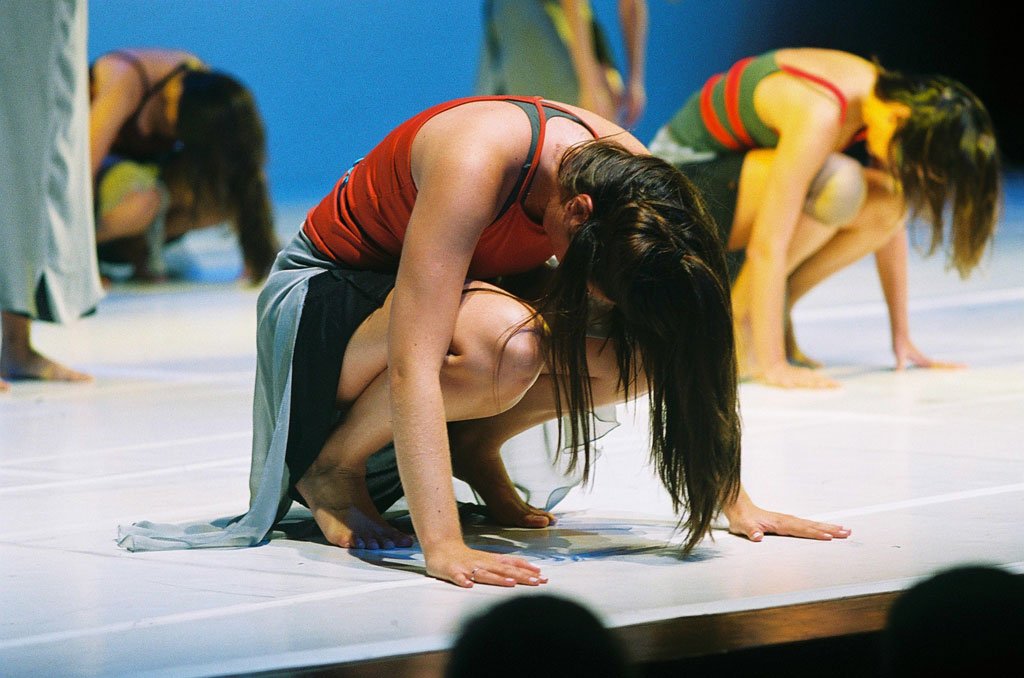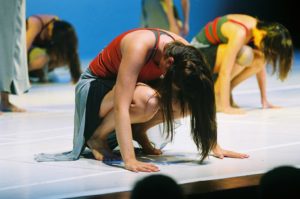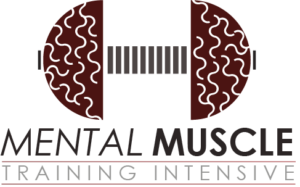It’s amazing…
Amazing how OUT of touch people are with their bodies.
I know we place all the value on our brains in our culture, but damn. From the neck down many people have next to zero bodily awareness.
Even among trainers and athletes…it can be very bad.
Sure, you have enough proprioception to touch your finger to your nose like in a DUI test. But can you identify any internal feelings?
You see, these feelings are key to several things:
- Being capable of listening to your body.
- Improving your ability to master movement
- And to make the most out of many mental training drills.
A while back I received the following question from Max:
“Could you explain maybe the kinesthetic feeling aspect for visualization could be covered a bit more in details, for example for a technical element such as the Bridge? Getting over a certain threshold in the form, the arches in the segments of the spine, might be linked to kinesthetic sensations yet unknown and how to feel those sensations then in the visualization could be a topic explained more in details.”
Here’s a crash course in visualization.
It’s not just about the visual component. Although using just that, you can often get boosts in performance, we want to bring in all the senses.
Most important is the kinesthetic.
Why? Because all exercises are kinesthetic in that they have to do with your body and movement. Kinesthetic is a BIG group of lots of different things:
- Proprioception
- Tactile
- Temperature
- Equilibrioception
- Nociception
- Interoception
- Feelings
- Emotions
I know, you likely haven’t heard of some of these. And that goes to my point. We (collectively) don’t know much about the feeling sense. The lack of language around it makes it harder too. Most of those above words don’t really describe to you the things I’m talking about.
After all, what is the difference between a feeling and an emotion? Do you know?
So, to be able to visualize the bridge better…to be able to DO the bridge better…requires you to become much more familiar with these kinesthetic components.
This is broken down into 14 clear categories in the Mental Muscle Training Intensive here. Armed with these questions you can zero in your visualization and your feelings. For example: https://thevitalway.clickfunnels.com/shmpic-sales
Can you feel which spinal segment has more pressure than the others?
Can you feel where there is more space?
What texture is it?
I know, that last question seems weird. But just because you can’t feel it, doesn’t mean it doesn’t exist. And when you can feel it, that allows us to expand your capabilities further.
How do you get better at this stuff? You practice it. And to practice it you need to have the right language for it.



